Rethinking Architecture After Catastrophe
From London's Great Fire of 1666 to the Nepal earthquake, Creation from Catastrophe focuses on a number of the world's most destructive events through our history, exploring the designs that emerged in their aftermath out of necessity, through architectural maquettes, drawings, photographs, and vide
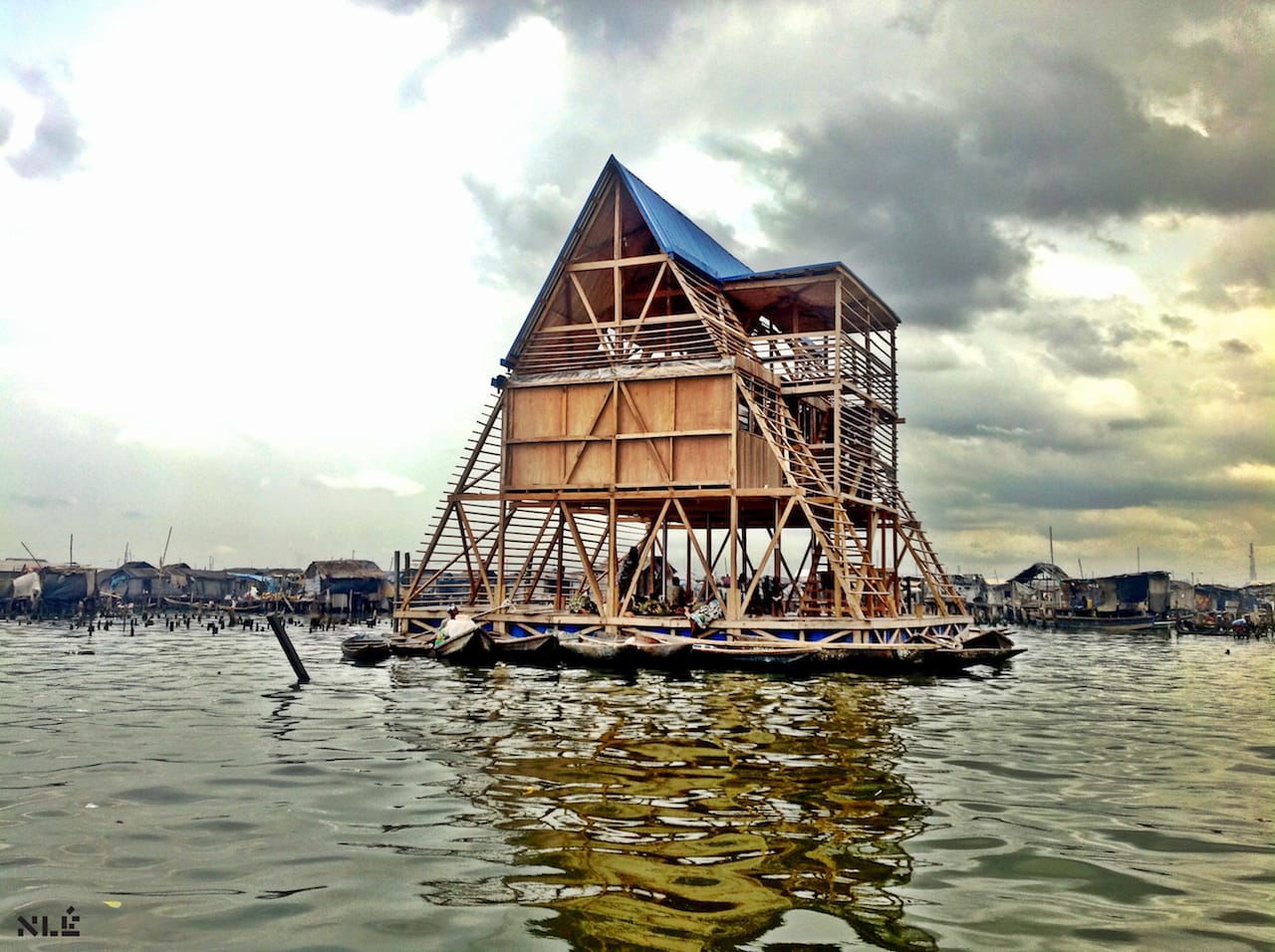
Last April, a 7.8-magnitude earthquake ripped through Nepal, leading to a death toll of nearly 9,000 people in the country and displacing over 450,000. In an effort to provide emergency housing for victims, architect Shigeru Ban designed a series of low-cost structures out of cardboard tubes and rubble from destroyed buildings, providing the homeless with easy-to-assemble yet sturdy shelters. A model home from Ban’s Nepal Project is just one of the many objects on view at the Royal Institute of British Architects that illustrates how architects have rebuilt communities devastated from natural and human-induced disasters. From London’s Great Fire of 1666 to the Nepal earthquake, Creation from Catastrophe focuses on a number of the world’s most destructive events, exploring the designs that emerged in their aftermath through architectural maquettes, drawings, photographs, and videos.
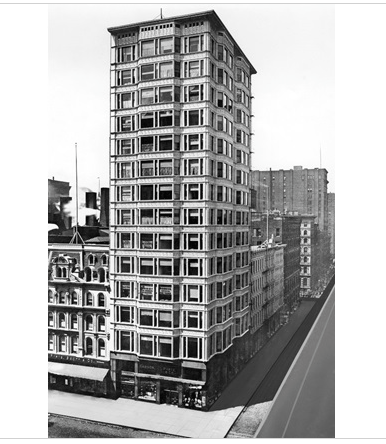
Many of these events wiped out large areas, requiring a complete rebuilding. The 1666 fire, for instance, started in one bakery and spread through London for four days, not only claiming lives but also destroying 13,200 houses and 87 churches. The exhibition features a number of original alternative proposals to rebuild London by a number of architects, including Sir Christopher Wren.
Wren, inspired by the layouts of Paris, envisioned wide avenues radiating from piazzas to replace narrow streets as a way to prevent any future fires from spreading quickly. His plans were never fully realized for lack of funding but stand as early examples of city redesign on a massive scale. Similarly, the Great Chicago Fire of 1871, which the show also spotlights through original late 19th century photographs, decimated thousands of buildings, leading to a construction boom. Many high-rise structures sprung up, such as the Reliance Building that had a steel frame and terra cotta exterior — a good precaution against further fires. Also featured are cityscaping proposals following a more recent disaster: 2012’s Hurricane Sandy, after which the US Department of Housing and Urban Development launched a competition for architects and engineers to rebuild affected areas while considering the possibilities of future flooding.
Most of the projects shared in Creation from Catastrophe focus on looking ahead and anticipating problems rather than simply replacing destroyed infrastructure. Largely from the 21st century, these designs share a serious concern for our environment, having emerged from natural disasters but with their makers fully aware of the effects of climate change and rapid urbanization. In 2010, after Pakistan witnessed severe flooding, for instance, architect Yasmeen Lari designed a low-cost and low carbon footprint flood shelter that locals could easily learn to replicate with step-by-step instructions. Made from mud and bamboo, her design for KaravanRoof relies on easily available materials, like Ban’s shelters for Nepal. In the same vein, architectural firm NLÈ designed floating structures following the devastating 2012 floods in Nigeria. The Makoko Floating School — realized in March 2013 — and designs for the Lagos Water Communities Project both consider rising sea levels and increased rainfall levels while aiming to accommodate the needs of a growing population.
These ideas are also mostly collaborative as opposed to top-down creations, with many architects communicating with and receiving insight from those who will actually be using their designs. As the frequency of natural disasters seems to increase, Creation from Catastrophe illustrates how architects are increasingly thinking about design in terms of a community’s specific needs. It gives much deserved attention to an important type of architecture: structures built because they are needed rather than simply standing as physical monuments to individual vision.
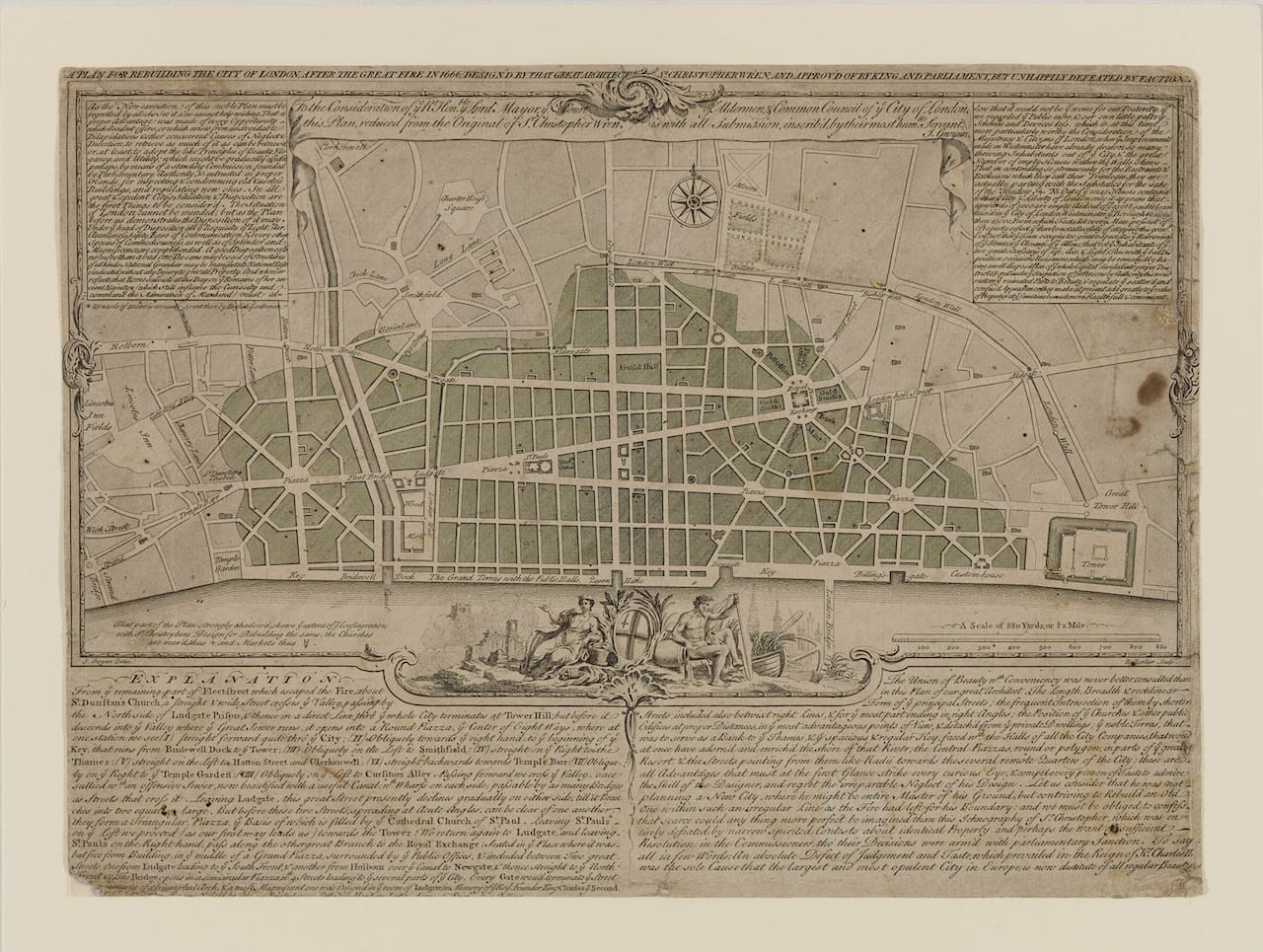
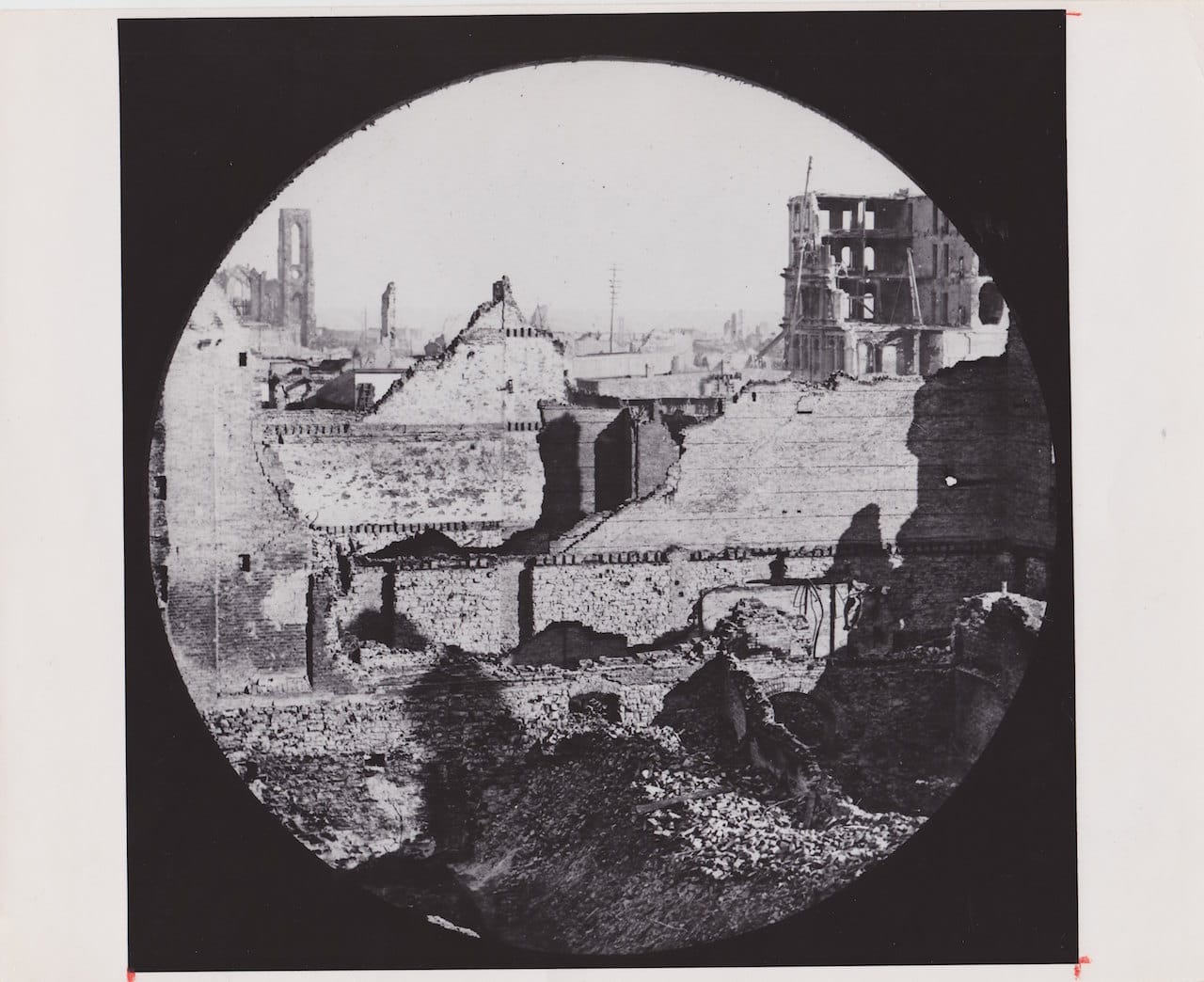
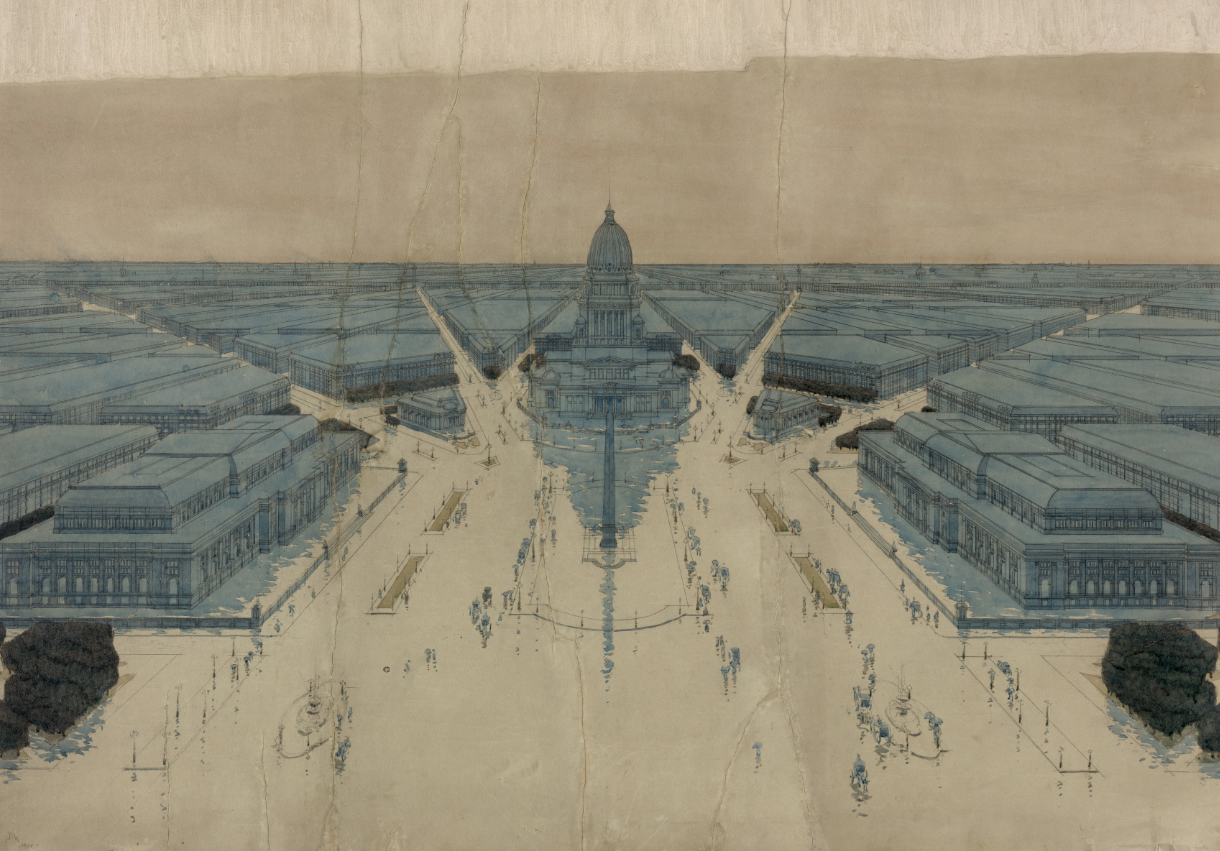
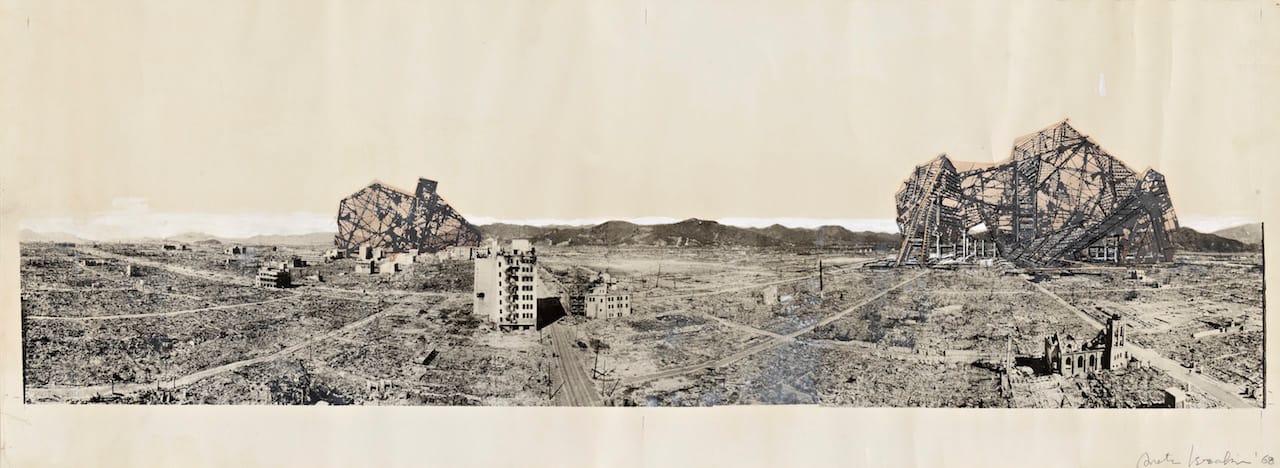

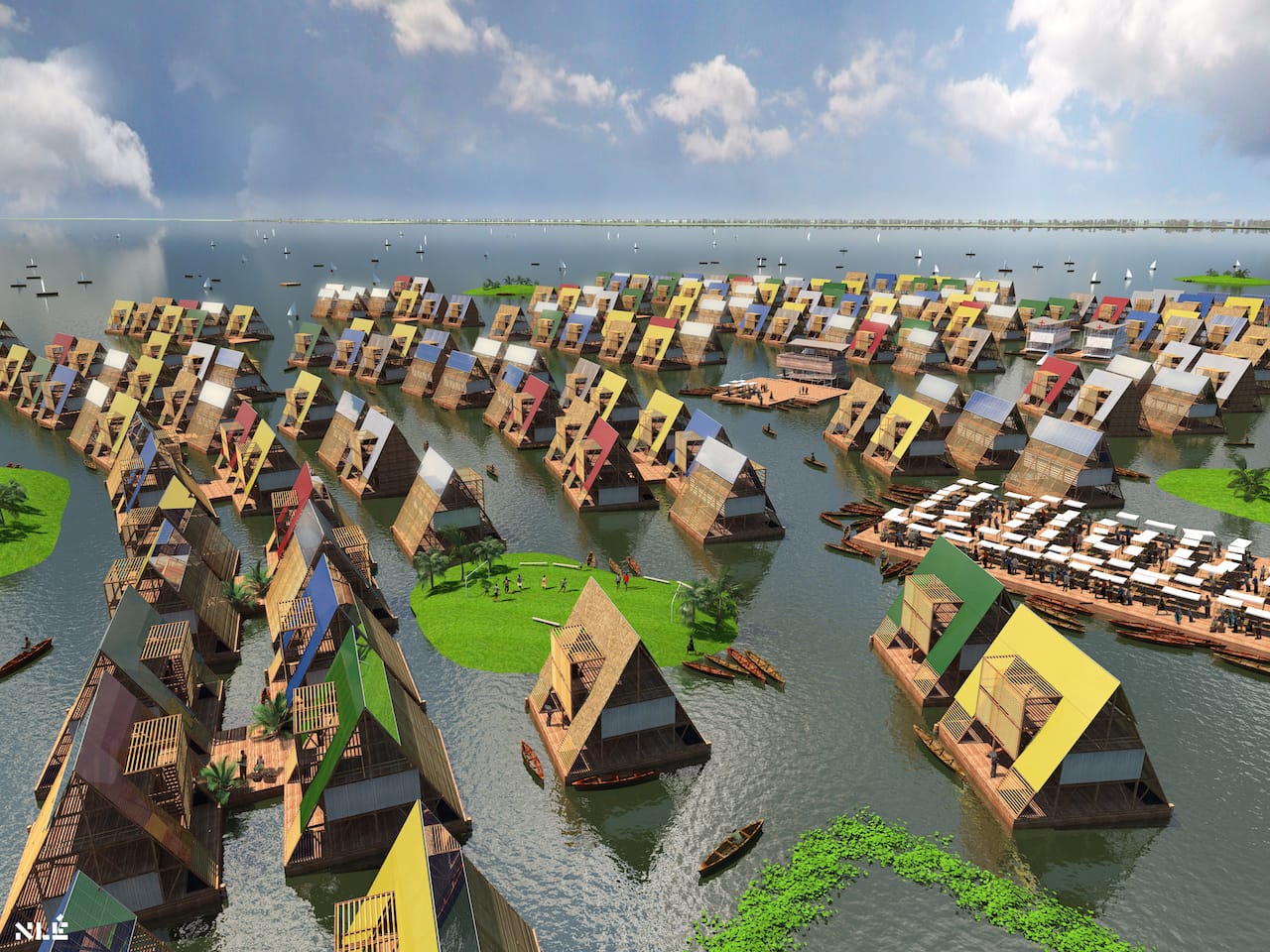

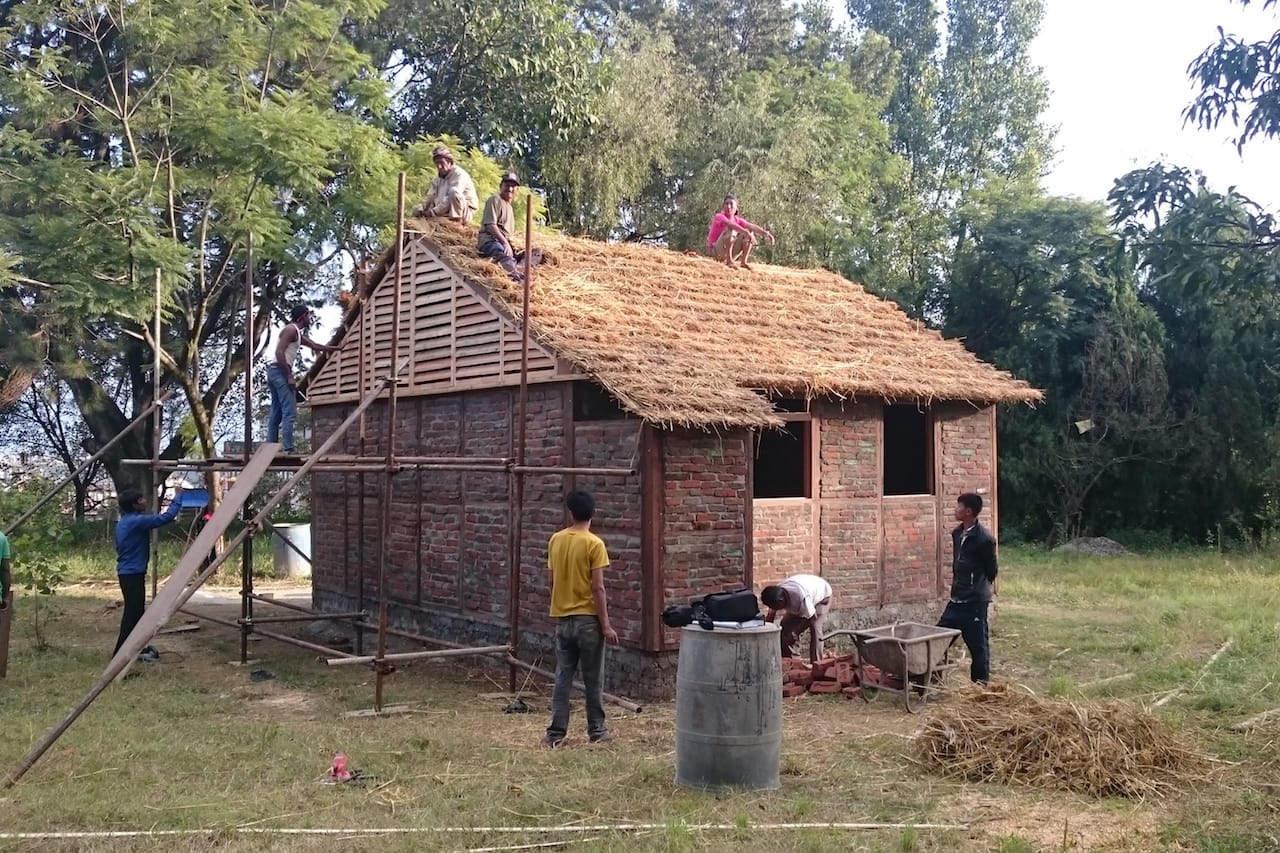
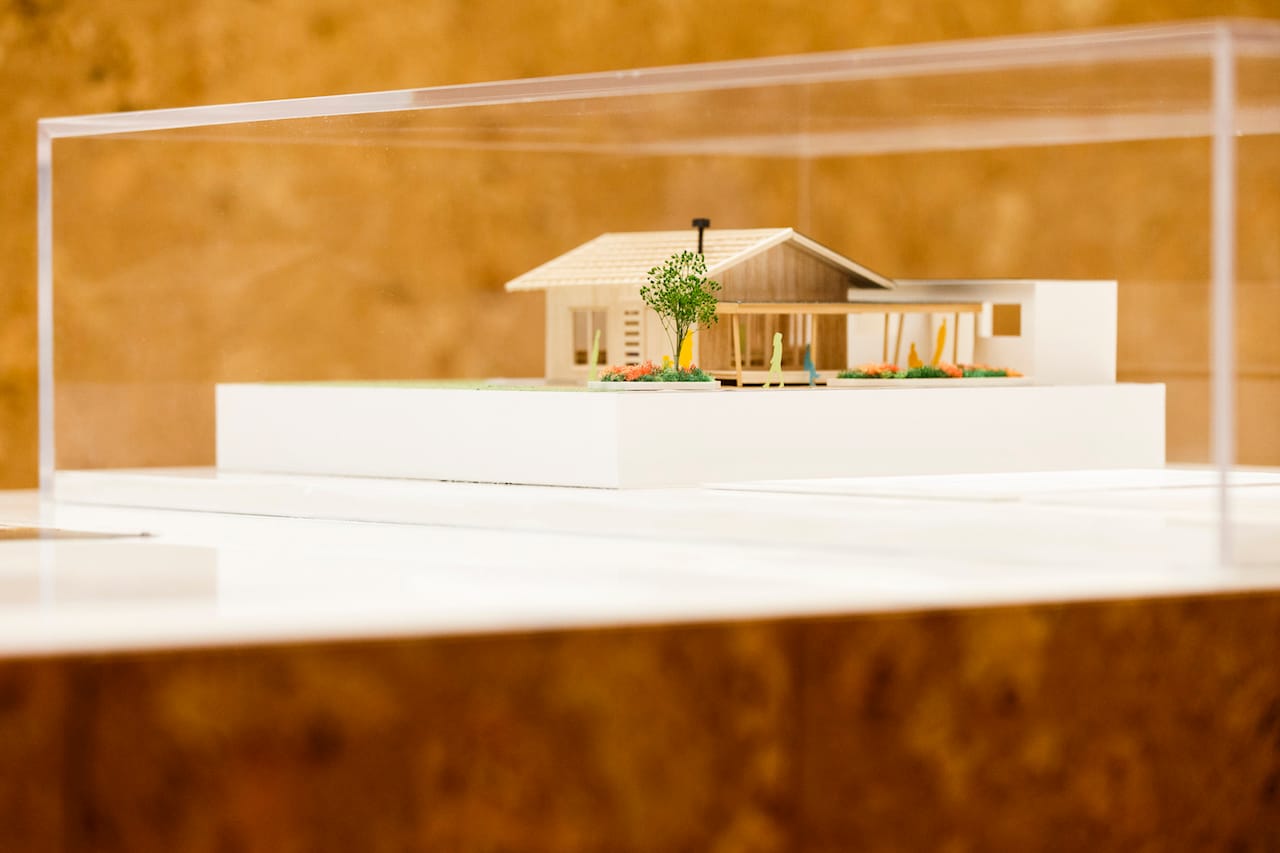
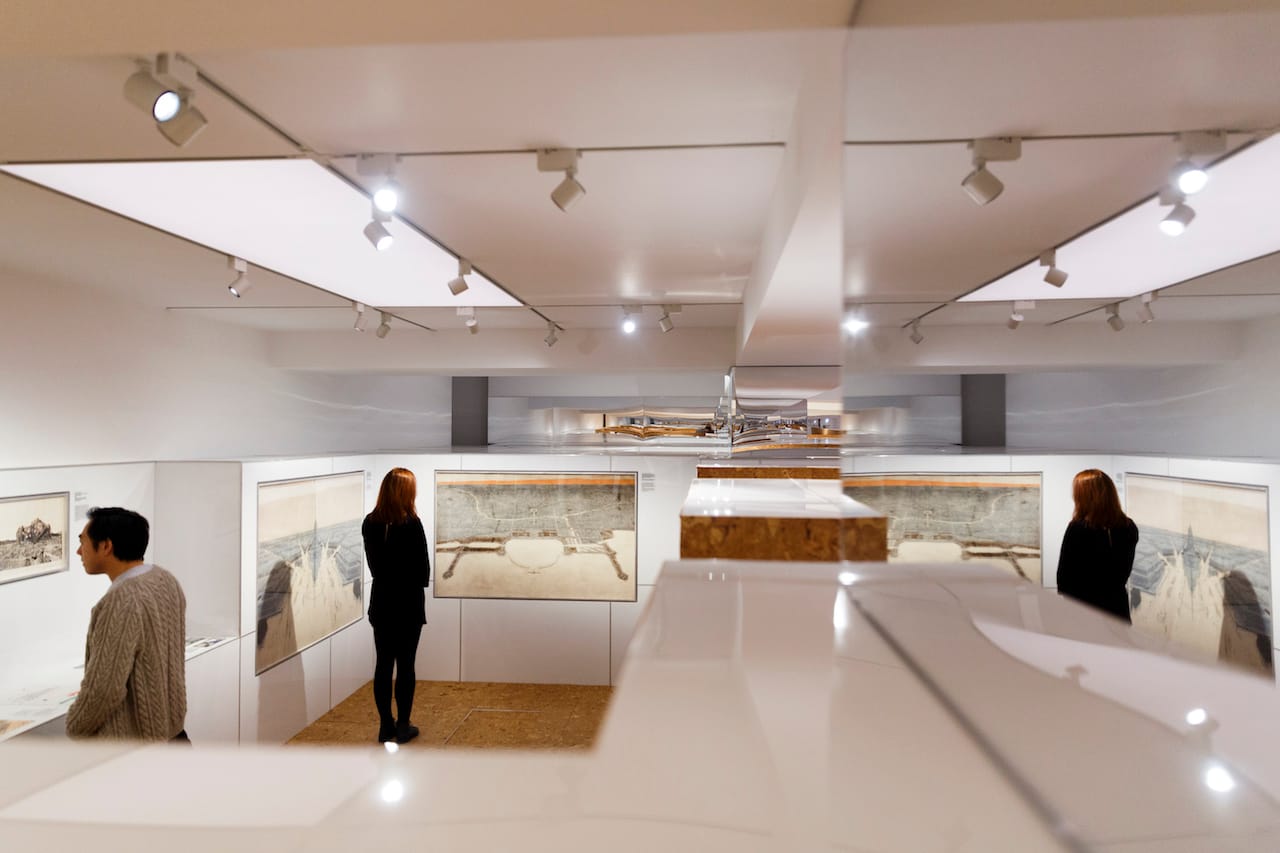

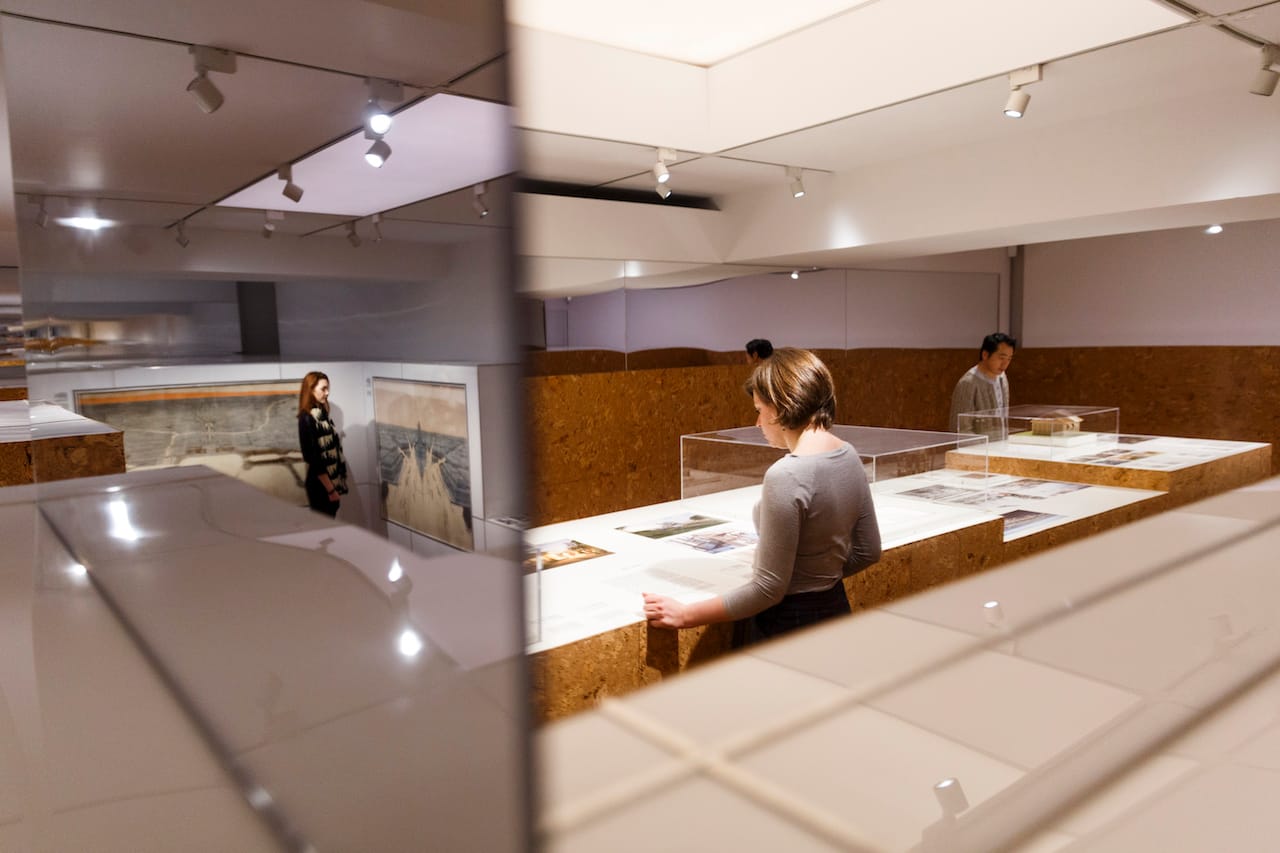

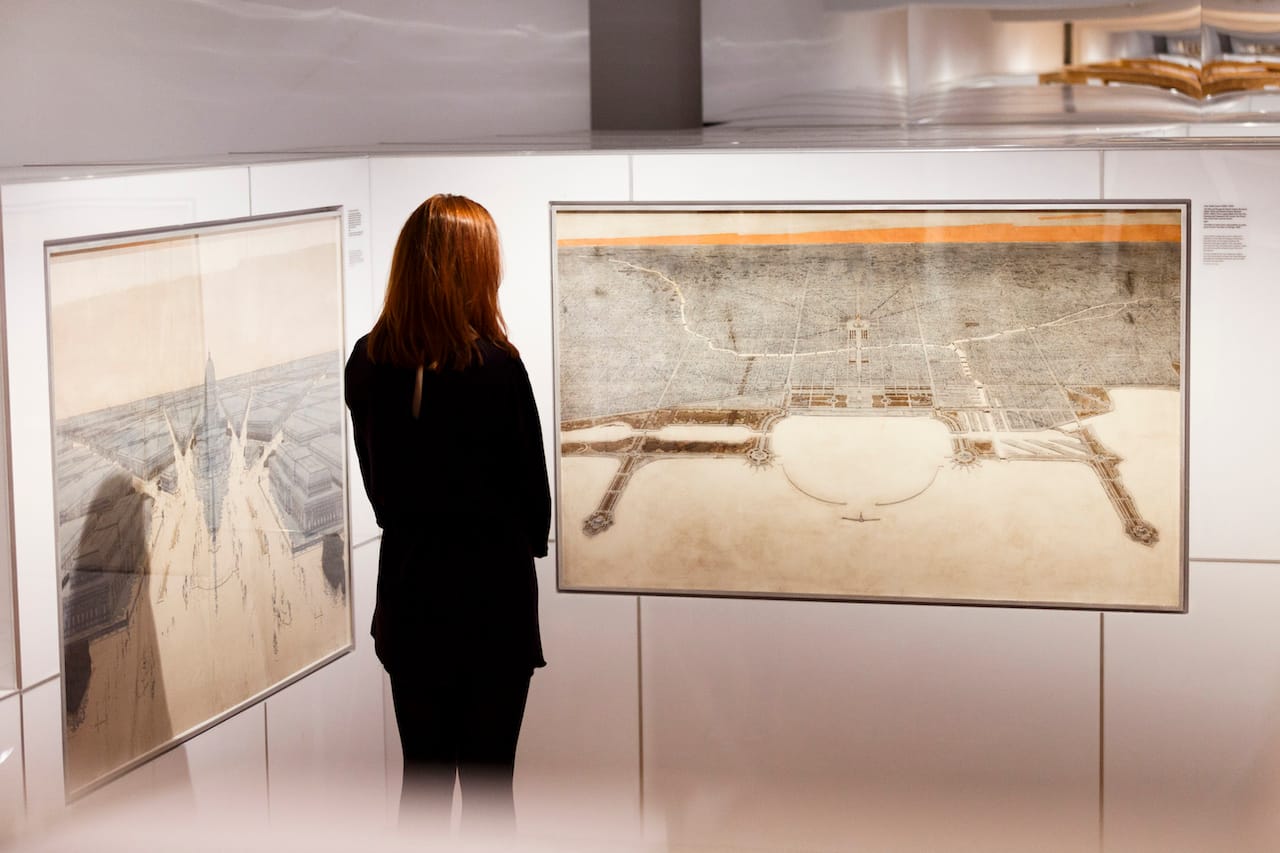
Creation from Catastrophe: How Architecture Rebuilds Communities continues at RIBA (66 Portland Place, London, UK) through April 24.




